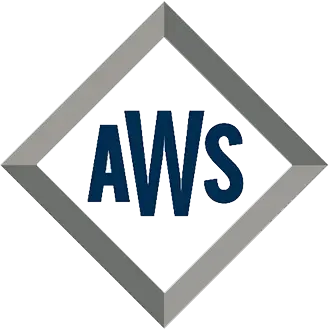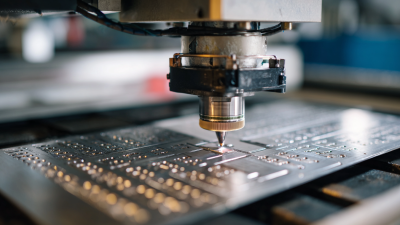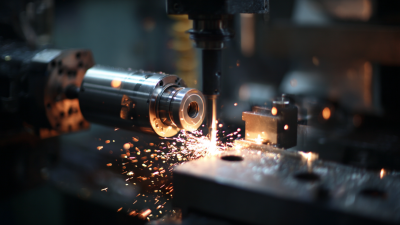Innovative Techniques in Sheet Metal Manufacturing You Might Not Know
In today's fast-paced industrial landscape, sheet metal manufacturing is evolving at an impressive rate, driven by innovative techniques that enhance efficiency, precision, and sustainability. As manufacturers strive to meet the increasing demand for customized components and intricate designs, traditional methods are being transformed by cutting-edge technologies.

This blog explores some of the lesser-known but groundbreaking techniques in sheet metal manufacturing that can give businesses a competitive edge. From advanced laser cutting and 3D printing to intelligent automation and eco-friendly materials, we will delve into how these innovations are reshaping the future of the industry. Whether you're a seasoned professional or new to the field, understanding these advancements can significantly impact your operations and product offerings.
Join us as we uncover the innovative techniques that are setting new standards in sheet metal manufacturing.
Emerging Technologies Transforming Sheet Metal Fabrication
Emerging technologies are revolutionizing sheet metal fabrication, significantly enhancing efficiency, precision, and sustainability in manufacturing processes. According to a report by MarketsandMarkets, the global sheet metal fabrication market is expected to reach USD 164.47 billion by 2027, growing at a CAGR of 4.5%. This growth is fueled by the adoption of advanced technologies like laser cutting, computer numerical control (CNC) machining, and additive manufacturing, which streamline operations and minimize waste.

One of the most notable innovations is the integration of Industry 4.0 principles into sheet metal fabrication. Companies are leveraging the Internet of Things (IoT) to connect machines, allowing for real-time monitoring and predictive maintenance. This not only reduces downtime but also optimizes the use of resources. Furthermore, advancements in automation and robotics are enabling manufacturers to achieve higher production rates and maintain consistent quality. A study by McKinsey indicates that up to 45% of current manufacturing tasks could be automated by 2030, which highlights the transformative impact of these technologies on the industry.
The Role of Automation in Modern Metal Manufacturing Processes
Automation has revolutionized modern metal manufacturing processes, significantly enhancing efficiency, precision, and labor reduction. In sheet metal manufacturing, automated systems such as CNC machines and robotic arms are transforming traditional methods. These technologies allow for intricate cuts and shapes to be achieved with minimal human intervention, reducing the risk of errors and improving overall product quality. Automated processes also enable faster production rates, helping manufacturers meet the increasing demand in various industries.
Additionally, the integration of IoT (Internet of Things) in metal manufacturing is shaping a smarter production environment. Sensors embedded in machinery provide real-time data analytics, allowing for predictive maintenance and minimizing downtime. This leads to optimized workflows and cost savings for manufacturers. Furthermore, advanced software solutions facilitate seamless communication between different stages of production, ensuring that materials and resources are used efficiently. The role of automation in modern sheet metal manufacturing not only enhances operational processes but also empowers companies to innovate and adapt to rapidly changing market demands.
Exploring Additive Manufacturing Techniques for Sheet Metal
 Additive manufacturing techniques are revolutionizing the sheet metal manufacturing industry, offering unmatched versatility and efficiency. Traditional methods, such as stamping and machining, can lead to significant material waste and longer lead times. In contrast, additive manufacturing allows for layer-by-layer construction, minimizing waste and optimizing material usage. According to a report by Market Research Future, the additive manufacturing market is expected to reach $41 billion by 2026, showcasing a robust annual growth rate of 20.7%. This rapid expansion reflects the industry's shift towards more sustainable and innovative practices.
Additive manufacturing techniques are revolutionizing the sheet metal manufacturing industry, offering unmatched versatility and efficiency. Traditional methods, such as stamping and machining, can lead to significant material waste and longer lead times. In contrast, additive manufacturing allows for layer-by-layer construction, minimizing waste and optimizing material usage. According to a report by Market Research Future, the additive manufacturing market is expected to reach $41 billion by 2026, showcasing a robust annual growth rate of 20.7%. This rapid expansion reflects the industry's shift towards more sustainable and innovative practices.
Tip: Embrace hybrid manufacturing solutions that combine traditional and additive processes to achieve complex geometries while ensuring material efficiency. This approach can lead to a significant decrease in manufacturing costs and production times.
Moreover, using advanced technologies like 3D printing for sheet metal not only enhances design capabilities but also allows for rapid prototyping. This flexibility enables manufacturers to iterate designs more quickly, leading to faster time-to-market. A report by Wohlers Associates highlights that companies utilizing additive techniques can reduce lead times by up to 50%, providing a competitive edge in the ever-evolving manufacturing landscape.
Tip: Invest in employee training to ensure your team can effectively leverage these new additive techniques, as proper knowledge and skills can enhance productivity and innovation within your manufacturing processes.
Innovative Finishing Techniques to Enhance Sheet Metal Products
In the competitive landscape of sheet metal manufacturing, innovative finishing techniques can significantly elevate product quality and functionality. One such technique involves advanced powder coating, which provides a durable and aesthetically pleasing finish. This method not only enhances the visual appeal of sheet metal products but also offers superior protection against corrosion and wear. With an array of colors and textures available, powder coating allows manufacturers to meet specific client preferences while ensuring longevity and resilience in various environments.
Another noteworthy technique is the use of laser engraving, which transcends traditional branding methods. This precision technology enables intricate designs and logos to be etched directly onto the metal surface, enhancing product recognition and branding effectiveness. Additionally, laser engraving is non-contact, minimizing the risk of material distortion and ensuring a clean, sharp finish that can withstand the test of time. By incorporating these innovative finishing techniques, manufacturers can differentiate their products in a crowded market, delivering not only functional but also visually striking solutions to their customers.
Innovative Techniques in Sheet Metal Manufacturing
| Technique | Description | Applications | Benefits |
|---|---|---|---|
| Laser Cutting | A process that uses a laser to cut materials for industrial manufacturing. | Automotive, Aerospace, Electronics | High precision, complex shapes, minimal waste. |
| Waterjet Cutting | Using high-pressure jets of water mixed with abrasive materials to cut through metal. | Art, Design, Aerospace | No heat affected zone, cuts thick materials. |
| Folded Sections | Bending sheets into various shapes to add structural integrity. | Furniture, Architecture, Custom Fabrication | Improved strength, reduced weight. |
| Powder Coating | A dry finishing process that uses electrostatically charged powder to coat the surface. | Automotive, Home Appliances, Outdoor Furniture | Durable finish, variety of colors. |
| Anodizing | An electrochemical process that converts the metal surface into a decorative, durable, corrosion-resistant anodic oxide finish. | Electronics, Architectural Panels, Prototyping | Enhanced corrosion resistance, aesthetic appeal. |
Sustainable Practices in Sheet Metal Production: A New Standard
Sustainable practices in sheet metal production are becoming increasingly important as industries seek to reduce their environmental impact. One innovative technique gaining traction is the use of recycled materials. By incorporating recycled metal into the manufacturing process, companies not only reduce waste but also conserve energy and resources. This approach not only lessens the demand for virgin materials but also significantly lowers the carbon footprint associated with metal production.
Additionally, advancements in technology have enabled manufacturers to implement more efficient production methods. For instance, techniques like laser cutting and water jet cutting reduce material waste by producing precise cuts with minimal excess. Coupled with automation and advanced inventory management systems, these technologies can streamline operations, leading to reduced energy consumption and enhanced efficiency. As the industry embraces these sustainable practices, it sets a new standard for environmentally friendly manufacturing that aligns with global sustainability goals.
Innovative Techniques in Sheet Metal Manufacturing
This chart illustrates the percentage of sheet metal manufacturing techniques adopted by various industries. The focus is on sustainable practices and innovative technologies that are gaining traction in production processes.
Get your project done the Right way
7:00am - 5:00pm
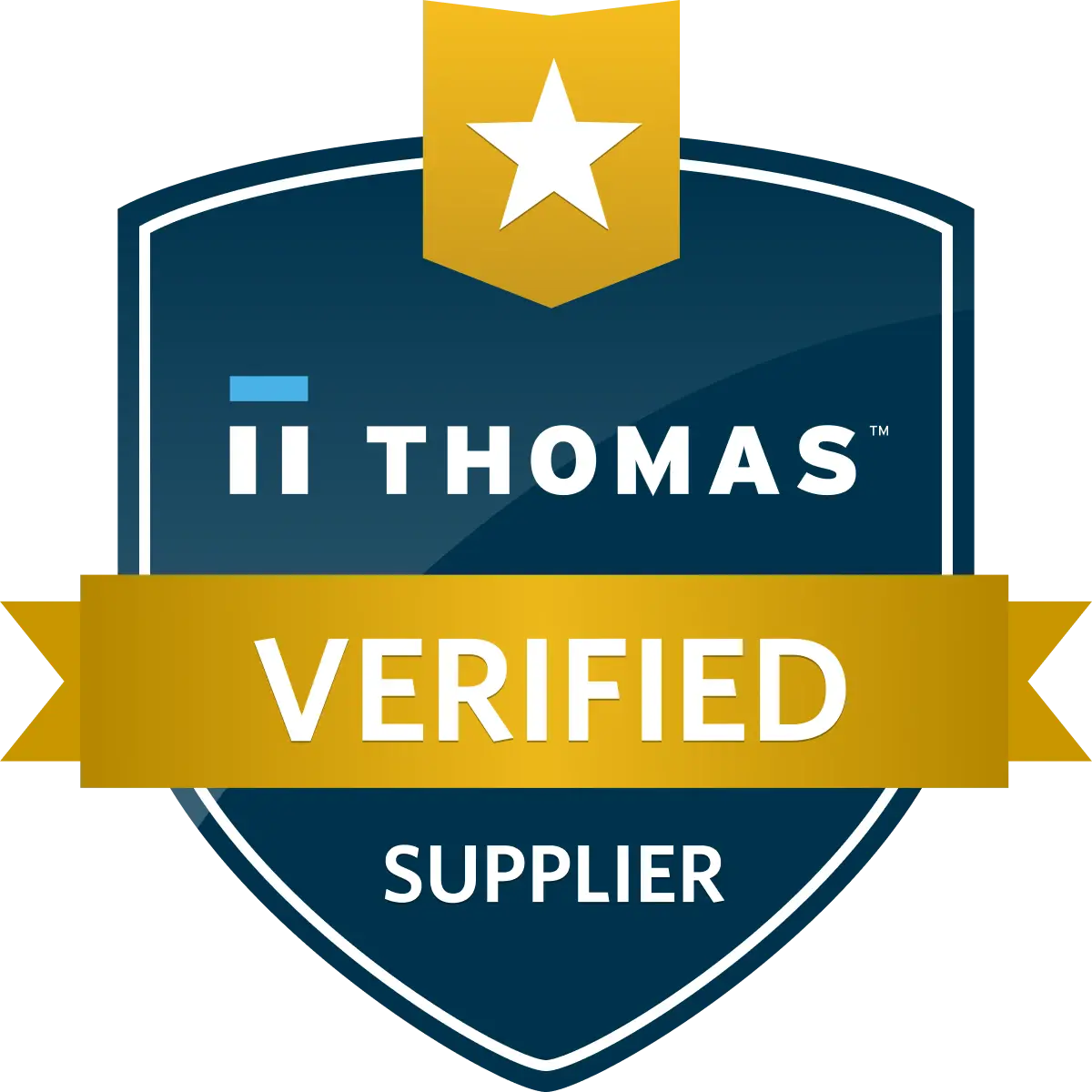
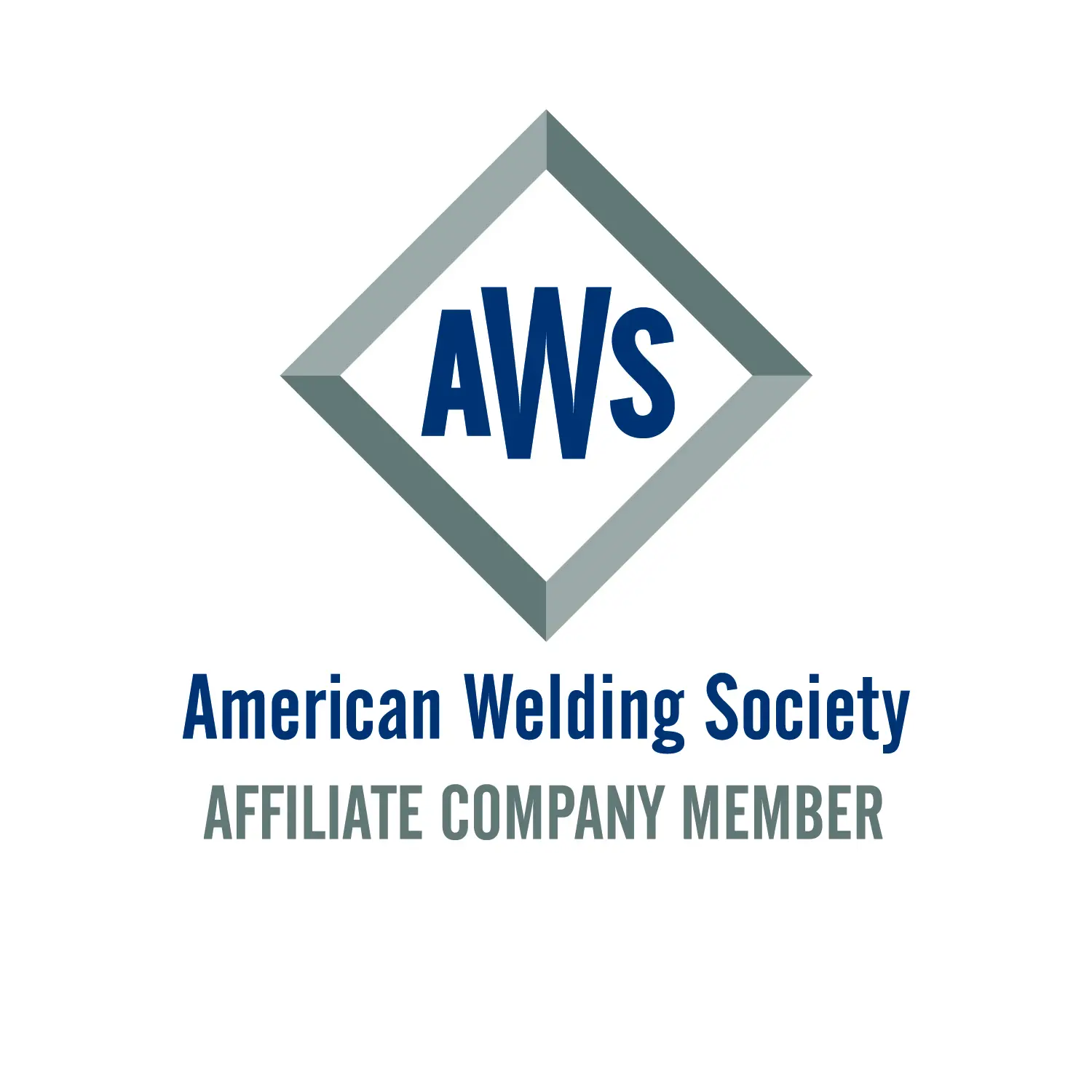
- Copyright2025 © Tri-State Fabricators
- Accessibility
- Privacy Policy
- Terms


